If you’re thinking of including some native plants in your garden this year (and here are reasons why they’re worth considering), these are five plants worth trying. These plants will bring beauty and butterflies to your garden, and may be the perfect choice for that wet or shady spot you’ve been looking to fill.
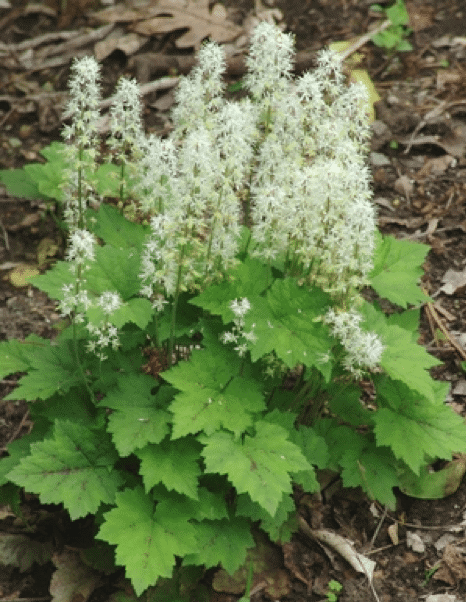
1) Foamflower
Tiarella cordifolia
Hardiness Zone: 3
Foamflower is aptly named, with its short spires of fluffy white florets. It prefers shade, and serves well as groundcover because it grows in clumps and spreads easily. Foliage tends to turn reddish in the fall, making it an attractive plant through the seasons.
Read more about foamflower:
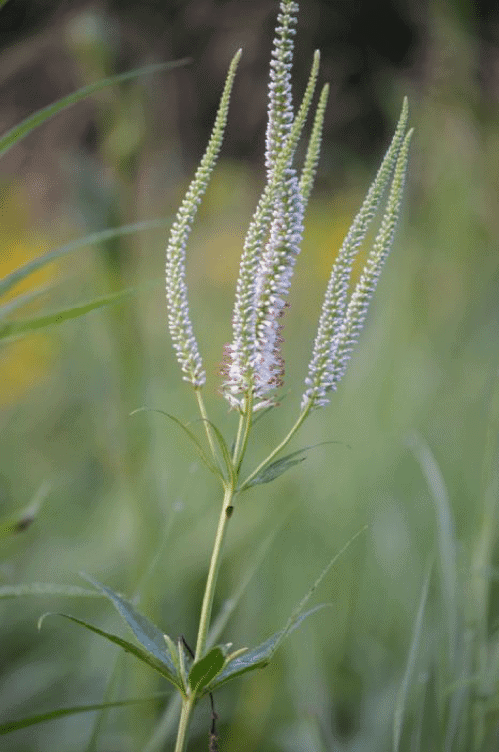
2) Culver’s root
Veronicastrum virginicum
Hardiness Zone: 3
Tall, narrow wands of pale blue or white blooms of Culver’s root will attract butterflies to your garden while adding some height and elegance. It prefers wet soil and full sun, and its tapering stems make it look like a candelabra. It makes a great plant for cutting, as well.
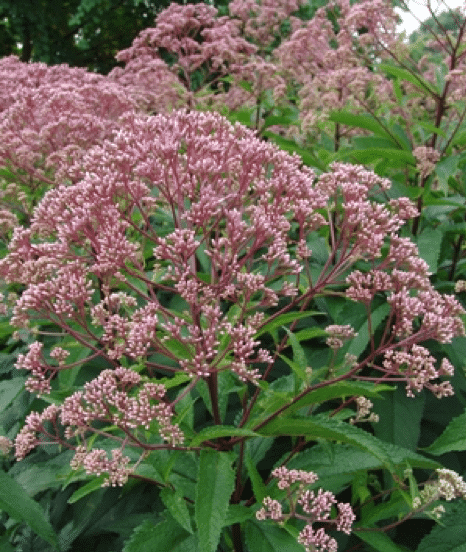
3) Joe Pye weed
Eutrochium purpureum
Hardiness Zone: 4
Large dusty purple domes are formed by this plant’s flower heads, and combined with its bushy stature, Joe Pye can be an ideal plant for a larger area or background border where it can fill out with its presence. It can have a vanilla scent, and butterflies love it. Its attractive seed heads attract birds and keep the plant looking lovely even at the end of its blooming.
Read more about Joe Pye weed:
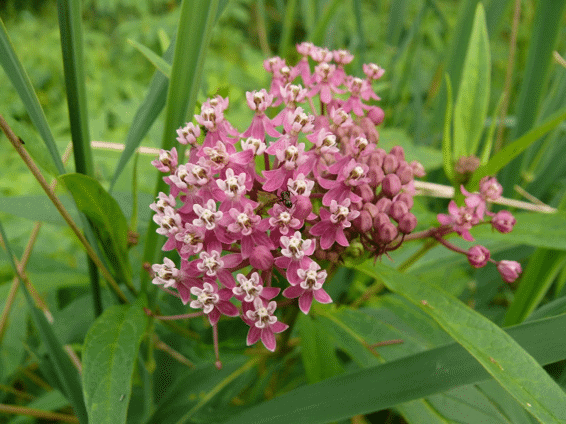
4) Swamp milkweed
Asclepias incarnata
Hardiness Zone: 3
This is a tolerant, easy-to-grow plant that can handle average or wet soil and prefers full sun. It flowers as bunches of fragrant pink petals, followed by attractive seed pods when it’s done blooming. Its nectar attracts butterflies and hummingbirds, and is specifically an important food source for monarchs. However, other wildlife know to stay away because it is toxic to humans and other mammals.
Read more about milkweed:
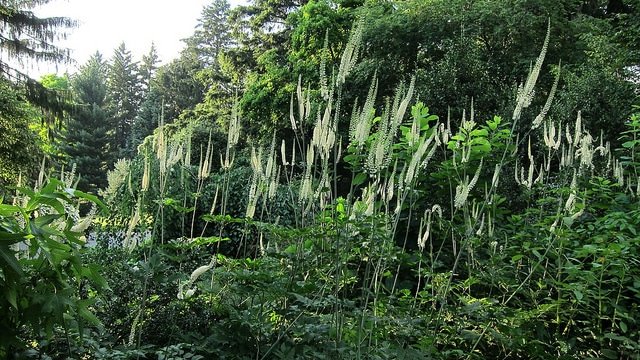
5) Black snakeroot
Actaea racemosa
Hardiness Zone: 5
You may know it by the name of bugbane, but this plant is much prettier and more ethereal than its name(s) might suggest. It’s named after its smell, which repels bugs (but not butterflies). Tall creamy white spires of blooms contrast against lacy foliage that can be green or dark purple in colour. It blooms June to September and prefers a shady area.
Read more about bugbane:









Including a reference to a issue of Gardenmaking is a great idea.